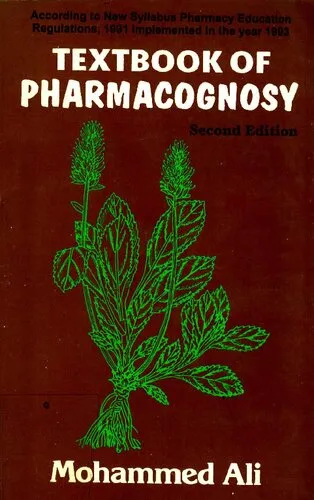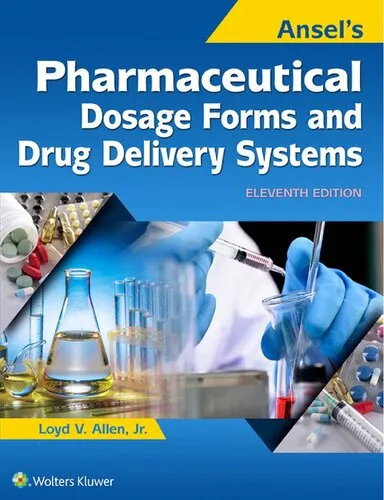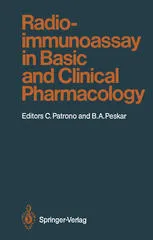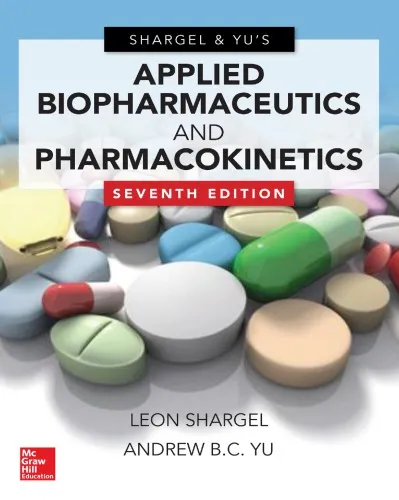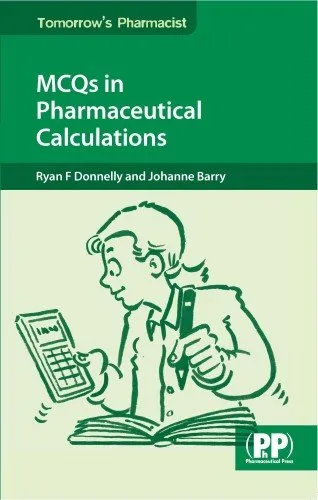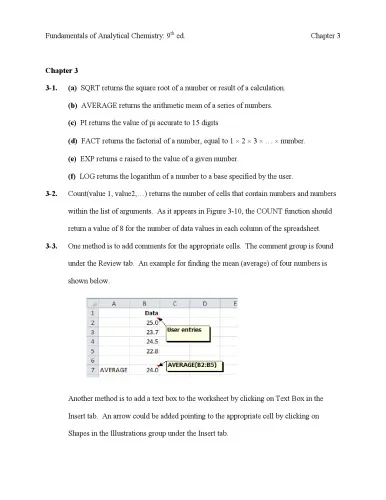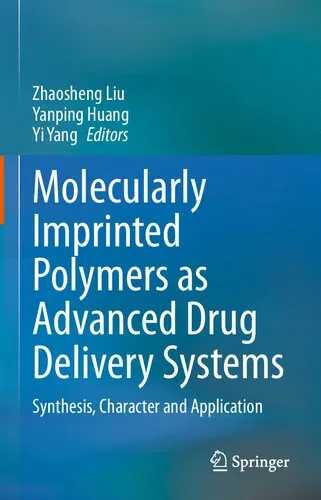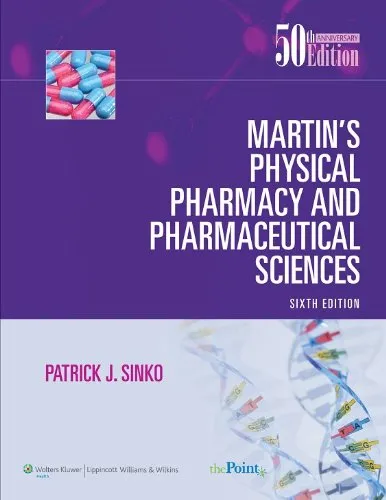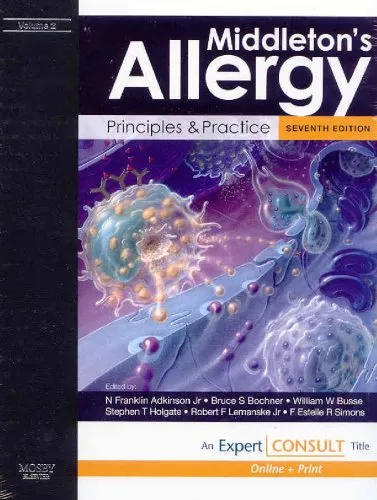Drug-Like Properties, Second Edition: Concepts, Structure Design and Methods from ADME to Toxicity Optimization
4.5
Reviews from our users

You Can Ask your questions from this book's AI after Login
Each download or ask from book AI costs 2 points. To earn more free points, please visit the Points Guide Page and complete some valuable actions.Related Refrences:
Introduction to "Drug-Like Properties, Second Edition: Concepts, Structure Design and Methods from ADME to Toxicity Optimization"
"Drug-Like Properties, Second Edition" offers an in-depth exploration into the essential principles and concepts of drug discovery and development, focusing on making molecules viable for clinical application. Authored by Di Li and Edward H. Kerns, this book bridges the gap between medicinal chemistry and pharmacokinetics, providing a comprehensive guide to understanding and optimizing absorption, distribution, metabolism, excretion (ADME), and toxicity characteristics of potential drug candidates. Using the latest methodologies and thought-provoking strategies, this edition aims to inspire scientists, researchers, and professionals in the pharmaceutical and biotech industries to embrace drug-likeness as a central design objective.
Detailed Summary of the Book
The second edition of "Drug-Like Properties" is a pivotal resource combining theoretical insights with practical applications in the pursuit of designing effective drug candidates. Divided into distinct chapters, it systematically navigates through aspects crucial for optimizing drug-like properties, including solubility, permeability, metabolic stability, and safety profiles. The primary focus is on how structural elements within a compound influence its pharmacokinetic behaviors—which, in turn, impact its viability as a therapeutic agent.
ADME principles are dissected in detail, emphasizing the relationship between chemical structure and biological activity. The book delves into modern experimental and computational methods used to evaluate these properties, such as high-throughput screening, Lipinski’s "Rule of Five," and various drug design technologies. Several case studies and examples are provided, illustrating strategies to optimize molecular designs while balancing efficacy and toxicity concerns.
With a clear emphasis on problem-solving, the book also illuminates key trade-offs involved in ADME and toxicity optimization. Unlike other resources in the field, this edition strikes a balance not just in the chemistry behind drug design but also the biological and physicochemical considerations that make a molecule "drug-like" in the real-world context.
Key Takeaways
- Comprehensive coverage of ADME principles and their role in drug development.
- Importance of molecular properties, such as solubility, lipophilicity, and permeability, in determining clinical success.
- Strategies for minimizing toxicity while retaining efficacy in drug candidates.
- Integration of computational tools and high-throughput screening methods for data-driven drug design.
- Case studies highlighting real-world applications of drug-likeness optimization techniques.
Famous Quotes from the Book
"Designing drug-like properties is not merely an art but a science grounded in optimization, where the balance between efficacy, safety, and pharmacokinetics defines success."
"The intersection between medicinal chemistry and pharmacokinetics is where true innovation in drug discovery is forged."
"A molecule’s journey to becoming a drug starts with understanding its ADME characteristics and ends with addressing its potential liabilities."
Why This Book Matters
This book plays a critical role within the pharmaceutical sciences by addressing the challenges commonly faced in the drug discovery process. A significant percentage of drug candidates fail not because of their pharmacological inefficacy but due to poor drug-like properties, including inadequate ADME characteristics or unforeseen toxicity issues. By offering a systematic approach to evaluating and improving these facets, this edition goes beyond theory, equipping professionals with actionable insights that can save both time and resources in the drug development pipeline.
Furthermore, the book stands out for its interdisciplinary coverage. It facilitates cross-functional communication between medicinal chemists, biologists, pharmacologists, and formulation scientists, fostering team collaboration during the iterative design process. For students, researchers, and seasoned industry professionals, "Drug-Like Properties" serves as both a foundational text and a practical reference, helping to demystify the complexities of drug optimization in the ever-evolving pharmaceutical landscape.
In an era where precision medicine and computational tools are reshaping drug discovery, understanding the principles outlined in this book is not just important—it’s indispensable. Whether you're designing a new small molecule or refining an existing candidate, this text provides a pathway to decision-making excellence.
Free Direct Download
You Can Download this book after Login
Accessing books through legal platforms and public libraries not only supports the rights of authors and publishers but also contributes to the sustainability of reading culture. Before downloading, please take a moment to consider these options.
Find this book on other platforms:
WorldCat helps you find books in libraries worldwide.
See ratings, reviews, and discussions on Goodreads.
Find and buy rare or used books on AbeBooks.
1471
بازدید4.5
امتیاز0
نظر98%
رضایتReviews:
4.5
Based on 0 users review
Questions & Answers
Ask questions about this book or help others by answering
No questions yet. Be the first to ask!

